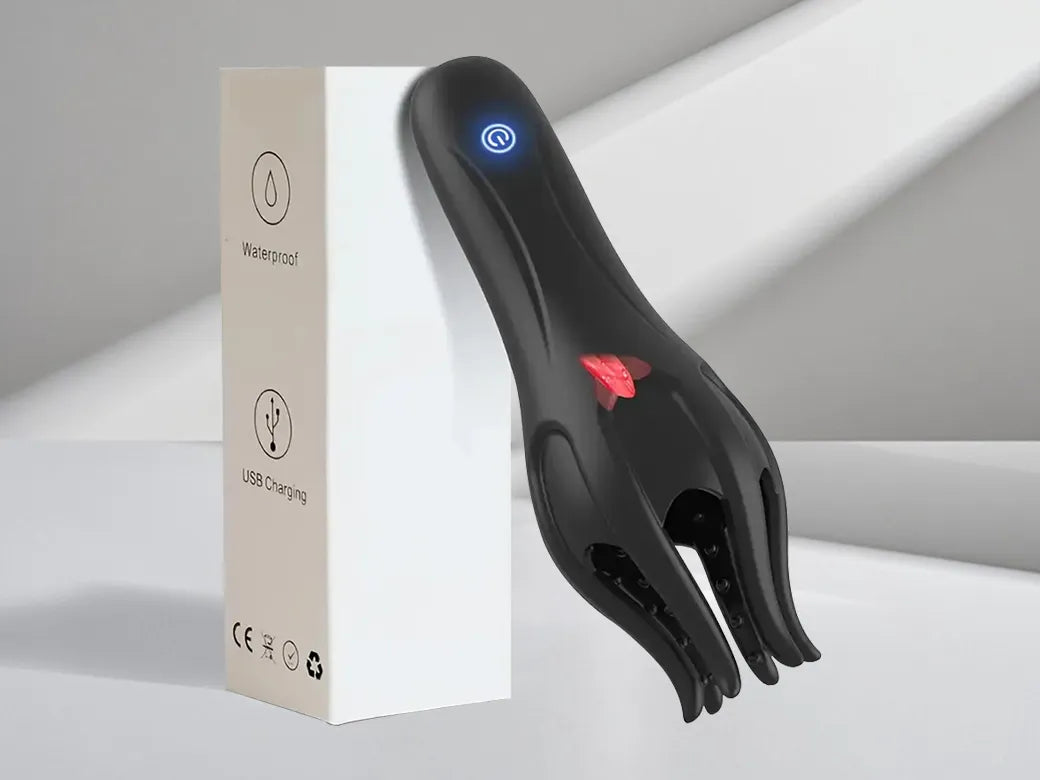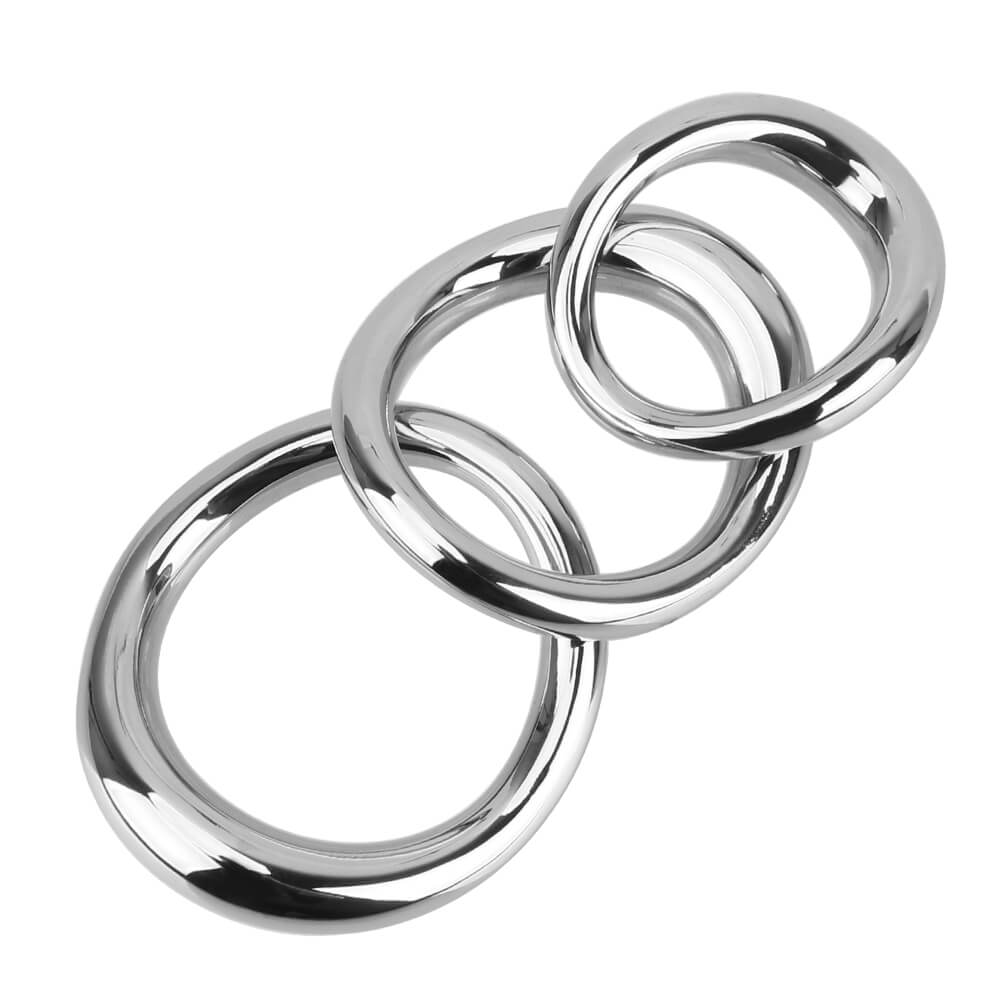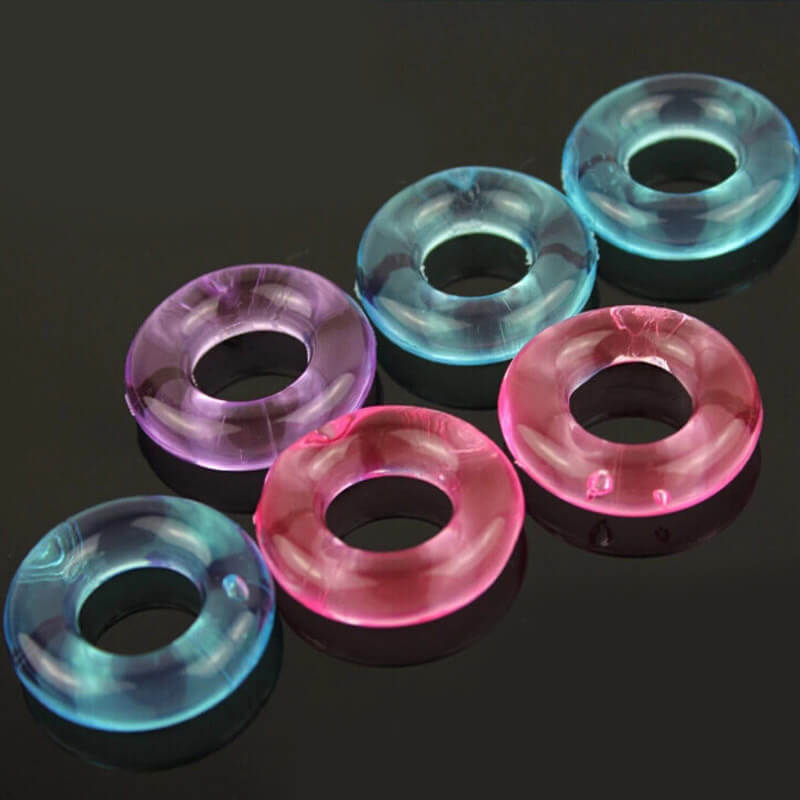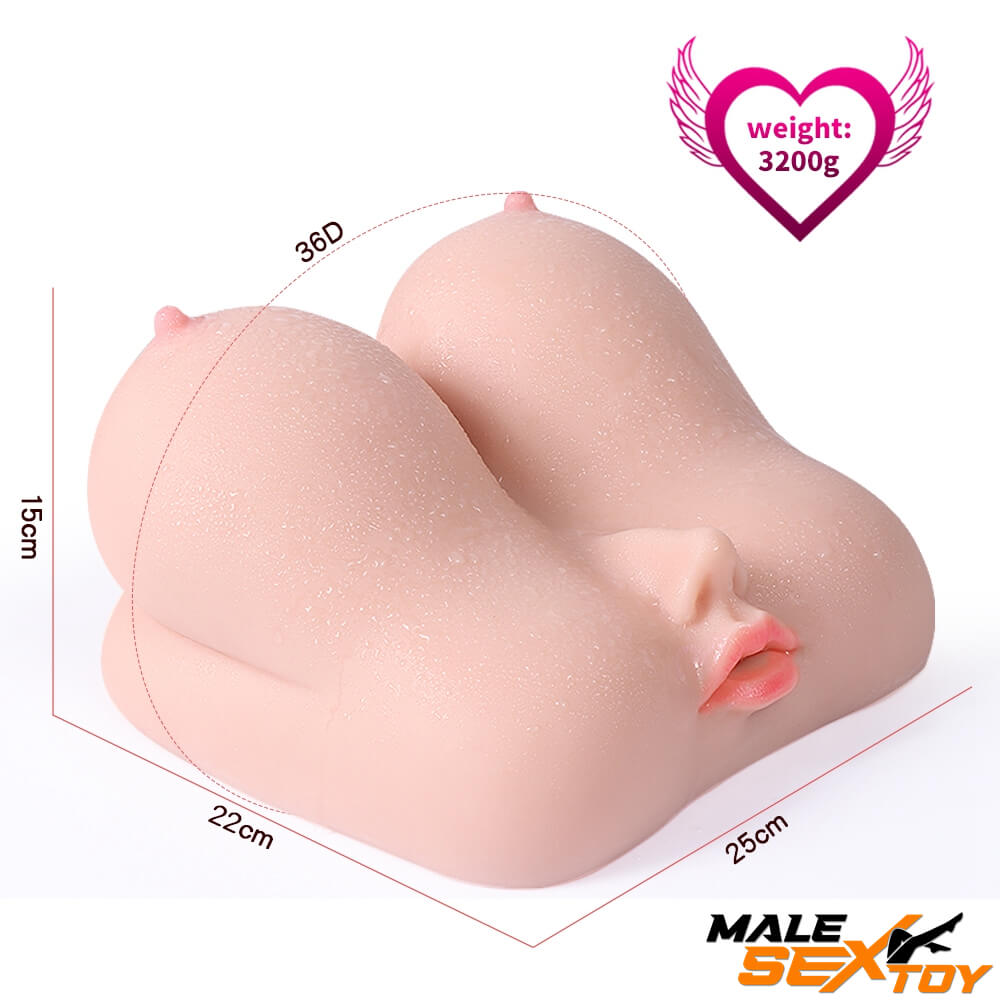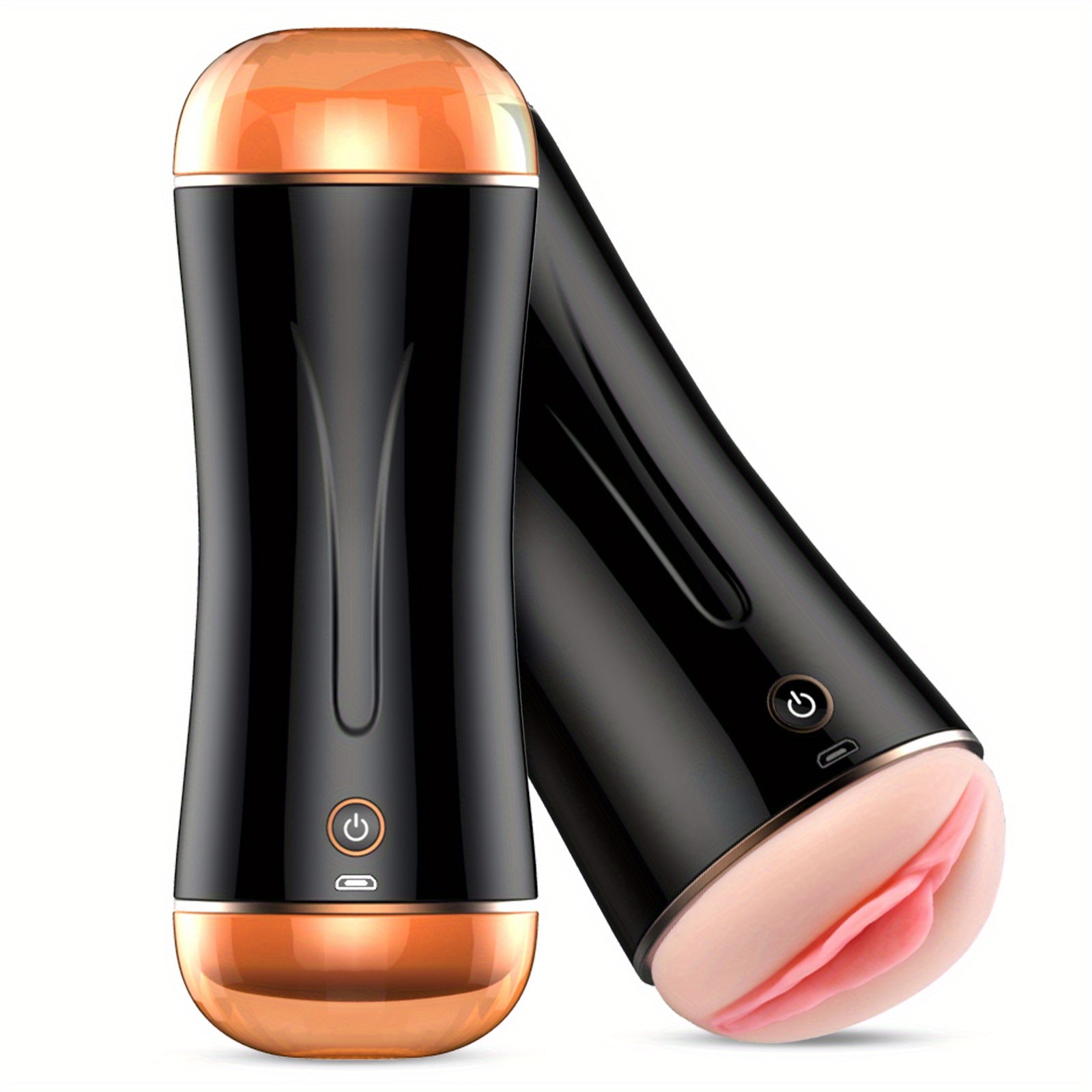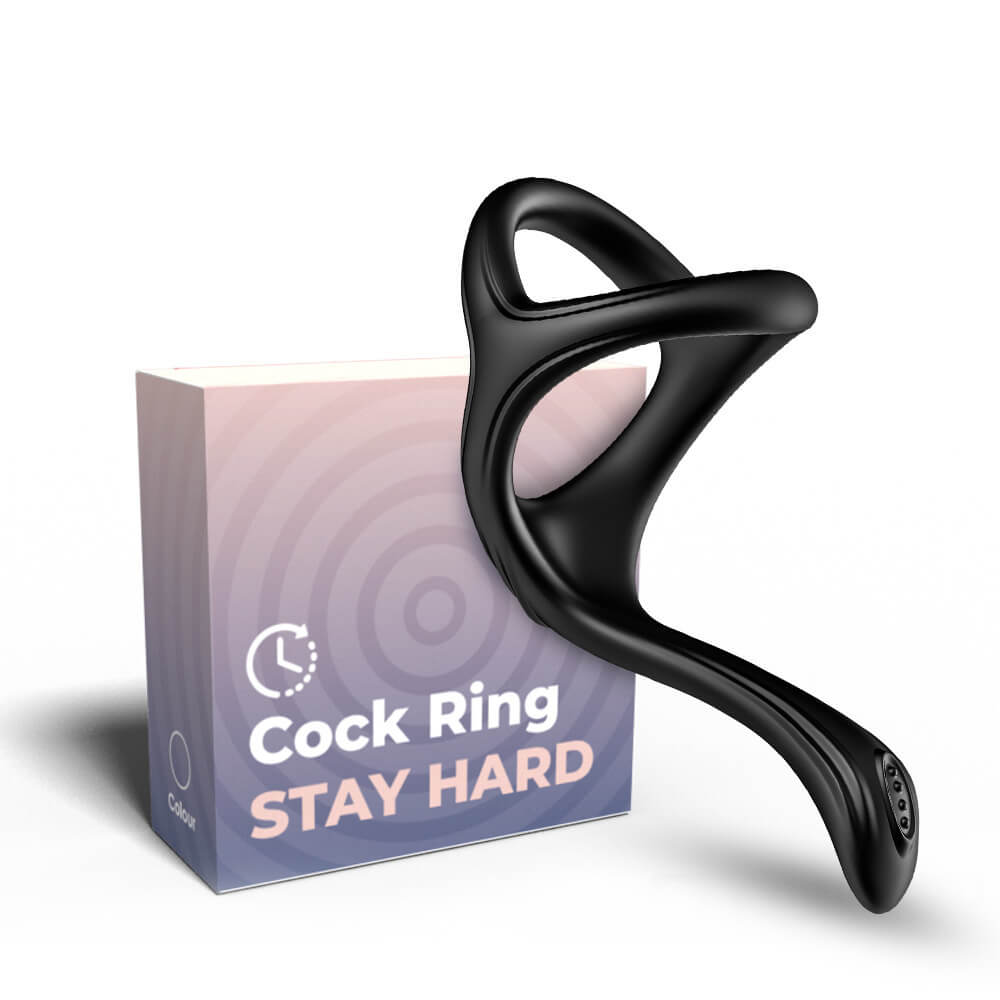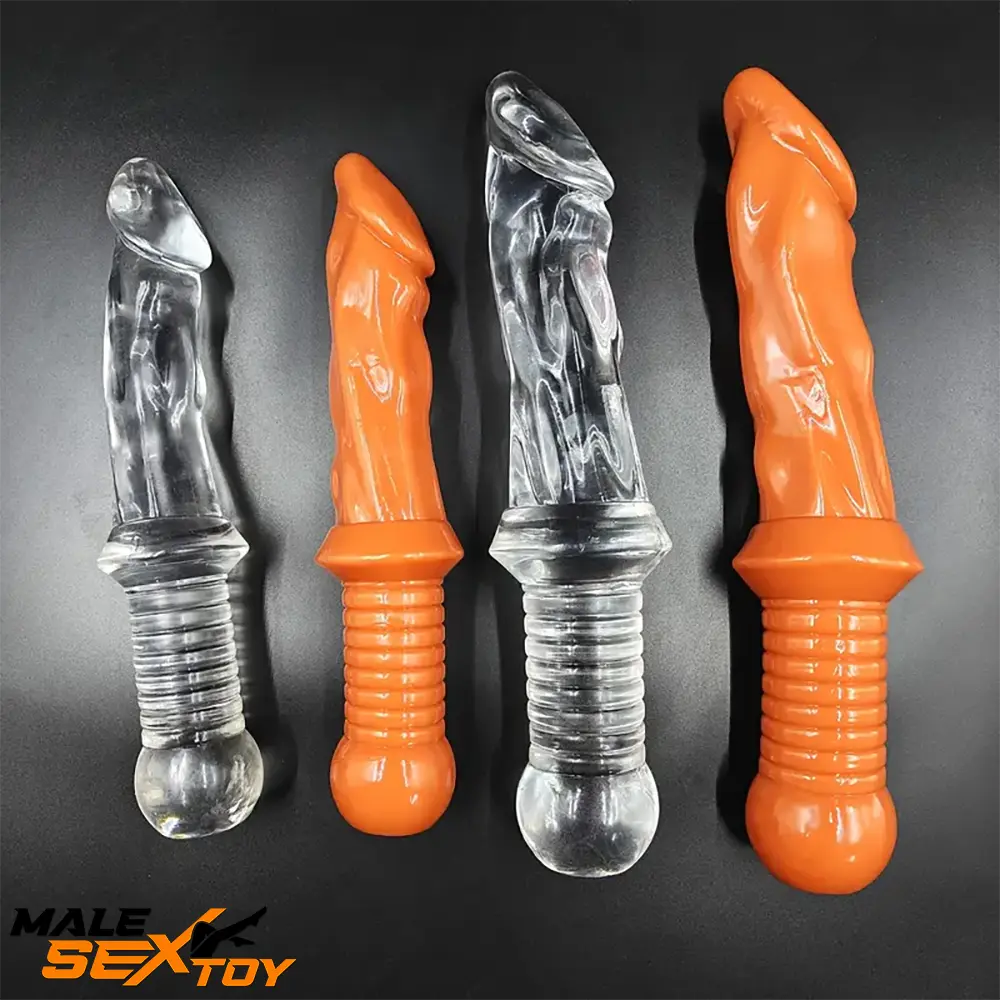In my last blog post, I wrote about the complex emotions women have about the presence or lack of a condom. It is clear that there are quite a number of people who have difference and sometimes opposing views on the issue of condoms.
Choosing not to utilize them? The idea of getting pregnant and having that very heavy obligation (of) motherhood (causes) me to hyperventilate.
Opting for their use? TRUST US: the feeling is frequently a bit bizarre and not remotely pleasant.
One thing I always find interesting when talking about sex is the fact that countless men are so quick to claim the “feel of a condom” is completely different from “going bare.”
Some men even joke that no matter the size of the condom, none feels as good as feeling the freedom of no condom at all.
As a result, a great number of manufacturers took it upon themselves to put their foot forward in the race to realize this far-reaching dream that is “experience the feeling of not using a condom, while really using a condom.” This has also brought about innovations in processing methods for condoms, starting with the 0.03mm series and progressing to the ultrathin 0.01mm series, which is now on the market and currently the thinnest product available.
Then the ultra-thin 0.01mm condom became available, and a surge of curiosity went around, did it really feel like there’s nothing there at all?
Still, a great many people don't really know what you're saying with that "0.01mm," and so I’m going to explain that to you today.

How thin is a 0.01mm condom?
The thinness itself is very thin and transparent and you'll even see the veins and blood vessels of the penis when you wear it so it's almost as if a film of protection has just been placed delicately over the penis, making it stick almost 95% of it.
It's generally accepted each 0.01mm thinner increases overall male comfort by approximately 20%.
But it’s extremely complicated technology to make 0.01mm condom, the technology for 0.01 series is sophisticated, so the 0.01 series are not very cheap.
Yet still people have a desire to have sex without the risk of condoms and that's why the 0.01 series, which was immediately sold out after release, still has a strong demand from the people.
Now, looking back at this, it strikes one forcibly that it's not such a simple matter for men to arrange things to suit them and get their sex fun; they have to extract that from safety and the limitations of their funds.
What are the causes of the high price of 0.01mm condoms?
The making of an eligible condom is subject to a stringent barrage of tests before it ups and jets out of the factory, it is no walk in the park, I assure you!
Production of 0.01mm ultra-thin condoms is higher of quality and it requires more delicate craft.
Volume Test
The volume test is where air or water is pumped into the condom at a constant rate.
The condom will stretch and stretch until only something of a certain size maxs expansion and it breaks.
Further, a condom should have the strength to withstand a volume of at least 16 liters without breaking.
Now, if you multiply that capacity by 32, you get something that can hold the same volume as 32 bottles of mineral water, which is also known as decent quality.
Tensile Strength Test
In the world of the condom industry, the standard is deemed to be any thing less than a minimum mean tensile strength of 100N.
This is basically how much the condoms can hold weight of a 10kg item.
This test measures the stretchability of the condom; it the tensile strength is not enough, the friction could make the condom get ruptured.
Needle Hole Test
The needle hole test is simple, but essential the folk method for determining flavour and acidity.
The filled balloon is then carefully inspected for leaks with a specialized condom for needle hole leak test apparatus. This is, to me, the most important of all assessments.
A small hole in the condom's semen compartment may allow sperm through during ejaculation and could lead to pregnancy risk.
Good choice of special materials is a technological bottleneck in the process of making 0.01 mm condoms.
The current 0.01mm condoms in market mainly uses polyurethane.
The biocompatibility, mechanical properties and density of synthetic polyurethane are superior to traditional latex.
Condoms made out of this new material are not only thinner, but also present a little risk of setting off allergies.
Because the features of the materials themselves and the process of producing condoms are rather complicated, so making 0.01mm condoms is a difficult task, which results in the expensive price of 0.01mm condom.
Nonetheless, I stand by my faith that "ultra-thin" is a bit of a misnomer; that 0.01mm will someday be, not "ultra," but "thinner"; that competition will eventually bear out and we'll inch the price of 0.01mm down.
What are your ways to save when buying?
If you have a good budget and you are looking for the best thing sensory wise than you must go with the ultra-thin 0.01mm version which would provide you with the closet experience of the real one.
On the other hand, if you'd rather be economical, 0.02mm and 0.03mm sizes are also available for much cheaper and with comparable sensation.
In the end, thickness does not matter so long as you are purchasing condoms from respectable companies and they are properly certified - they will do a fine job at serving the function of helping to avoid pregnancy and STIs I won’t mention brands here, but there are also different sized condoms.

